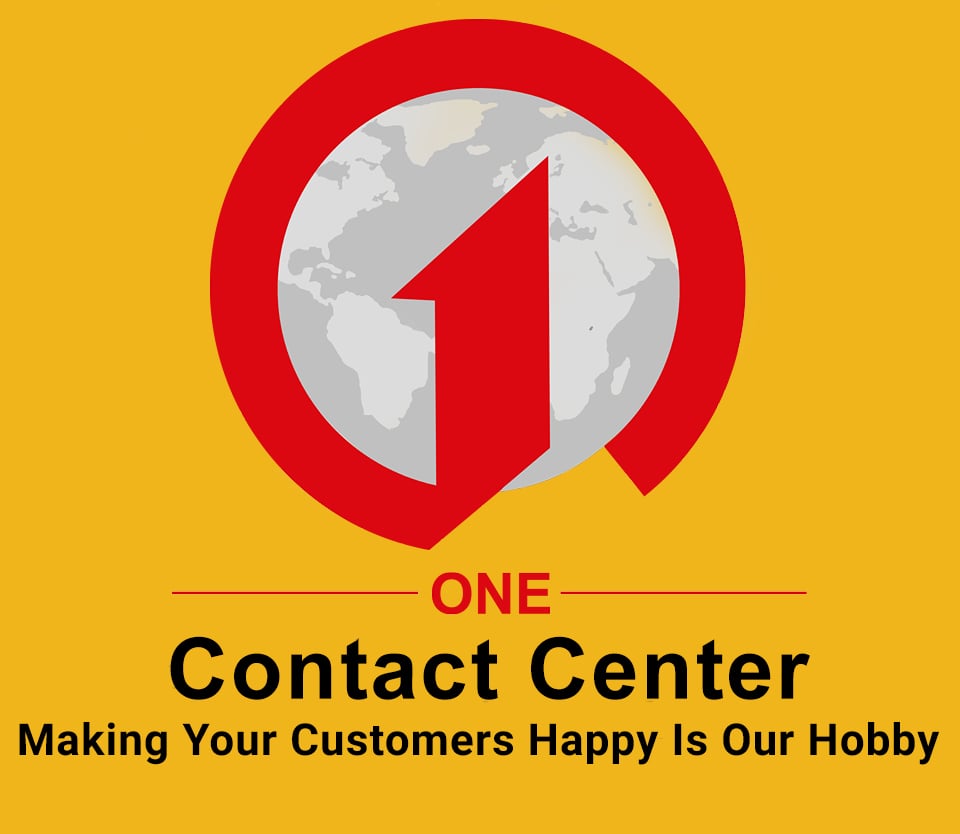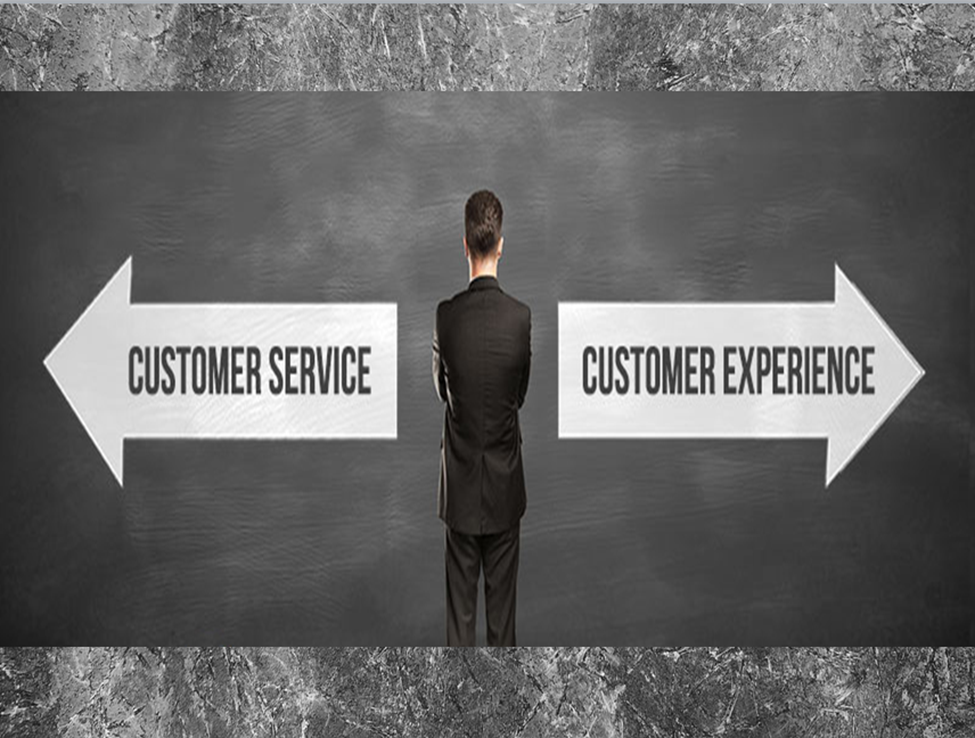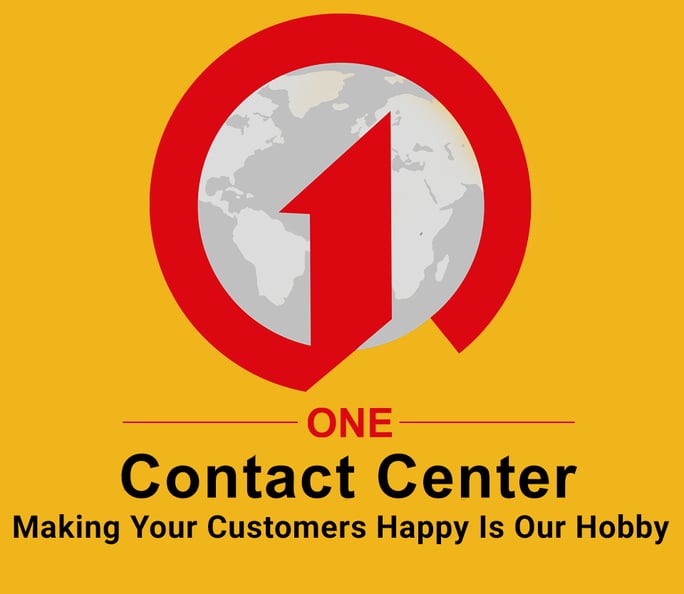
In today’s digital age, effective communication with customers is pivotal for business success. The landscape of customer communication has evolved significantly, offering multiple channels and technologies that businesses can leverage to enhance their interaction with customers. This article explores the most effective ways to communicate with customers, ensuring they feel valued and engaged.
Understanding Customer Communication Channels
Social Media Interactions
In today’s digital age, social media platforms like Facebook, Twitter, and Instagram have become pivotal in fostering direct and immediate customer communication. These platforms allow for real-time engagement and personalized responses, enhancing the customer experience.
Email and Newsletters
Email remains a powerful tool for reaching out to customers with updates, promotions, and informative content. Regular newsletters keep your audience engaged and informed, turning one-time buyers into repeat customers.
In-person and Phone Conversations
Despite the rise of digital communication, traditional methods such as in-person and phone conversations still hold significant value. They provide a personal touch that is often appreciated by customers, especially in complex service scenarios or when a quick resolution is needed.
Personalizing Customer Interactions
Tailored Email Marketing
Email marketing remains a powerful tool for personalizing customer interactions. By segmenting your audience and tailoring content to meet their specific needs, you can enhance engagement significantly. Use customer data to craft personalized messages that resonate on a personal level, increasing the likelihood of a positive response.
Customized Social Media Responses
Social media offers a unique platform for real-time, personalized customer service. Responding to customer queries and comments with customized messages shows that you value their input and are attentive to their specific concerns. This practice not only boosts customer satisfaction but also enhances your brand’s reputation.
Personal Touch in Customer Service
Incorporating a personal touch in customer service can transform customer interactions from transactional to meaningful. Whether it’s remembering customer preferences or acknowledging their previous interactions, these small gestures make a big impact. They reflect a deep understanding of the customer’s needs and foster a stronger connection.
Building Trust through Transparency
Admitting Faults Publicly
Transparency sets the foundation of an honest, open, and long-lasting relationship.When admitting faults, it’s crucial to be upfront about mistakes and communicate them to customers as soon as possible. This approach not only shows accountability but also builds trust by demonstrating a commitment to honesty.
Offering Clear Solutions
When issues arise, simply acknowledging them isn’t enough. Offering clear, actionable solutions is key to maintaining trust. Explain how the problem will be solved and what steps will be taken to prevent future occurrences. This transparency in problem-solving reinforces customer confidence in your brand.
Maintaining Open Lines of Communication
Keeping communication lines open is essential for building and maintaining trust. Encourage customers to share their concerns and ensure they know their voices are heard. This ongoing dialogue fosters a deeper relationship and shows that you value their input and are committed to continuous improvement.
Strategies for Effective Dialogue
Effective dialogue with customers is not just about talking; it’s about fostering a two-way conversation where listening is as crucial as speaking. Here are some strategies to ensure your dialogues are productive and meaningful.
Listening Actively
Active listening is fundamental in customer interactions. It involves more than just hearing the words; it requires understanding the emotions and intentions behind them. This can be achieved by nodding in in-person conversations, providing auditory cues over the phone, or ensuring timely responses in messaging platforms.
Empathetic Responses
Responding with empathy, understanding, and patience, especially when a customer is upset, helps in de-escalating situations and finding solutions more effectively.
Consistent Follow-Ups
Following up shows that you value the customer and their experience. It’s not just about resolving issues but also about ensuring satisfaction and seeking feedback to improve future interactions.
Conclusion
In today’s fast-paced and technology-driven world, effective communication with customers is more crucial than ever. The myriad of platforms available—from social media to live chats—provides numerous opportunities for businesses to engage with their clientele in meaningful ways. By implementing a two-way communication channel, being present and empathetic on online platforms, and embracing less formal interactions, companies can build stronger connections and enhance customer satisfaction. Remember, listening is just as important as speaking in any successful communication strategy.
One Contact Center

One Contact Center offers BPO services for small businesses, startups, and international brands. As we’ve explored various effective methods of customer communication, it’s clear to us that adapting to and leveraging these communication avenues can significantly benefit our business’s relationship with our customers.
If you’re keen on boosting your customer experience with reliable BPO services, please, contact us today. We’ll be more than happy to help!










